ACKNOWLEDGMENTS
I have been so richly blessed in this lifetime with family, friends, and colleagues who have supported my body, soul, and work. It is a gift beyond measure for which I am deeply grateful. It is also terrifying when I try to name everyone who has given so thoughtfully, so generously. It is inevitable that I will leave out someone deeply important and regret that for the rest of my days. So I ask all of you who know that you have been an integral part of my life and of Victuals to write your name here:
and know it is inscribed also in my heart with deepest gratitude.
That said, there are some specific individuals without whom this very book would simply not be in your hands: Francis Lam, the extraordinary editor who could see this story and its significance, who exercised remarkable patience, and who dispensed great wisdom, humor, and commas galore to bring it to life. Lisa Ekus, friend and agent, who believed in and worked tirelessly on behalf of both me and Victuals. Charlotte Autry, who is not simply a patient and diligent recipe tester and inspired food stylist, but just one of the dearest people on earth. Johnny Autry, the photographer who was able to translate a fragment of a suggestion, a mood, or a pork chop into a portfolio full of breathtaking images. Designer Stephanie Huntwork, who knows the beauty of shadow as well as light. To Ash Swain, who delightfully tattooed this trip of a lifetime across my heart and endpapers. And Sheri Castle, who minded my peas and taters.
Without Meghan Lundy-Jones and Todd Kindberg I would not be here (nor would I want to be), and I thank you.
Roots and Seeds
D uring the Civil War, Staunton, Virginia, somehow escaped the wholesale burning and razing that decimated most significant towns elsewhere in the South. A century or so later, it also survived the concrete pave-over of the late 1970s, and local citizens preserved a downtown that looks as if it might have welcomed Dickens, right in the heart of the Shenandoah Valley.
On Saturdays and Wednesdays, the parking lot in the historic Wharf district is filled with vendors offering fresh fruit, vegetables, sustainably raised meats, bread and buttermilk, soap and flowers, wine and cider at a bustling farmers market. Joel Salatins Polyface Farm, made famous in Michael Pollans Omnivores Dilemma, is eight miles southwest of town. For restaurants, there is velvety pecan pie at The Beverley, salt-rising toast and mushroom gravy at Nu-Beginning Farms The Store. And in 2014, chef Ian Bodens The Shack landed on a number of best new restaurants lists, from Esquire to Southern Living.
But much as I am in love with all this eating in the present, its the past that has brought me to Staunton. Ive come here to look for the seeds of the Souths mountain foodways.
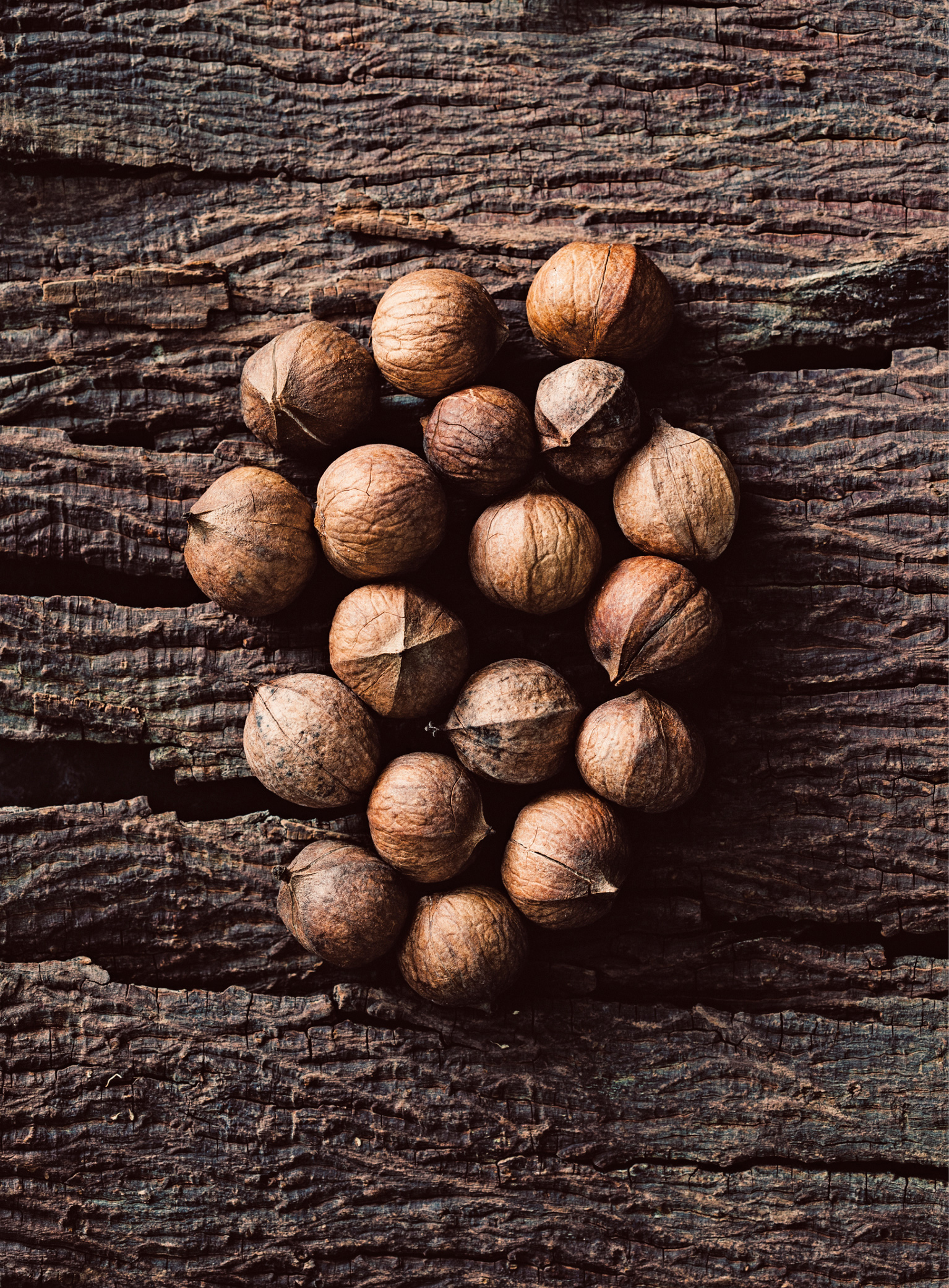
Staunton sits at the juncture of two well-traveled interstates, I-81 and I-64. The I-81 corridor follows the ancient contours of the Warriors Path, the name Europeans gave to the route used by numerous Native American peoples to travel for trade and hunting, as well as for battle. Extending from upper New York State far down into Alabama, this route through the Appalachian Valley (and its many extensions such as the Carolina Road and the Wilderness Road into Kentucky) became the primary passage for the European settlement of the region that began in earnest in the early 1700s. Staunton was a destination for some, but also a taking-off point for those who chose to venture farther into the wilderness.
Driving in and out of the valley on roads that traverse the Blue Ridge and the Alleghenies, my sturdy Chevy Astro strains and sighs as it makes the steep inclines. I try to imagine what this journey was like on foot, as native people made it, and as many of the early settlers did, possessions stripped to not much more than tools for survival and seeds for planting. Switchbacks flanked by walls of rock and furiously rushing creeks are gorgeous, but equally perilous. And the deep, varied green of the forest that is so pleasing to the eye from inside my car would have offered ominous shelter to unseen enemies. But just when intrepid starts to seem a flaccid word to describe the stark will that carried people on this journey, the road will suddenly curve and swoop to enter a sweet meadow, a wide enough stretch of bottom land or the Great Valley itself, stretching open and full of promise. I realize that while this was a passage of risk and hardship, it was also one of great possibility.
The Frontier Culture Museum in Staunton is a living history museum that tells the story of that initial frontier migration. There are three reconstructed working homesteads on the property that represent typical Appalachian farms in 1740, 1820, and 1850. But there is also a homestead from England, typical of the 1600s, and farmsteads from Ireland, Germany, and West Africa, as they would have appeared in the 1700s. These were the dominant cultures from which people came to the southern Appalachians when the territory was opened for settlement.
Spending a day walking through the re-created European and African farms, I see the foreign seeds of what was to become the culture of the southern mountains. There is also an exhibit called Ganatastwi, however, and beginning with it, I see the roots that were already here. Representing a small settlement typical of how natives of this region would have lived around 1730as European encroachment began in earnestthe exhibit is not attributed to a specific Indian tribe or culture. The museum literature explains that the archaeological and historical records dont definitively tell us which specific groups of native people were here then. But we do know a great deal about how those people lived, and how they ate.
The sun is not yet high but it is already sticky-hot in the clearing dotted with dome-shaped bark and reed huts when I walk into Ganatastwi one early summer morning. Speaking to a group of schoolchildren, a docent tells them that the natives diet was more varied than that of their European counterparts, ranging from bison and deer to rabbits, turtles, possums, raccoons, birds, and squirrelsall of which became a part of the frontiersmans diet as well. The women gathered wild greens for both eating and medicinal purposes, and grew many types of squash, beans, and corn.
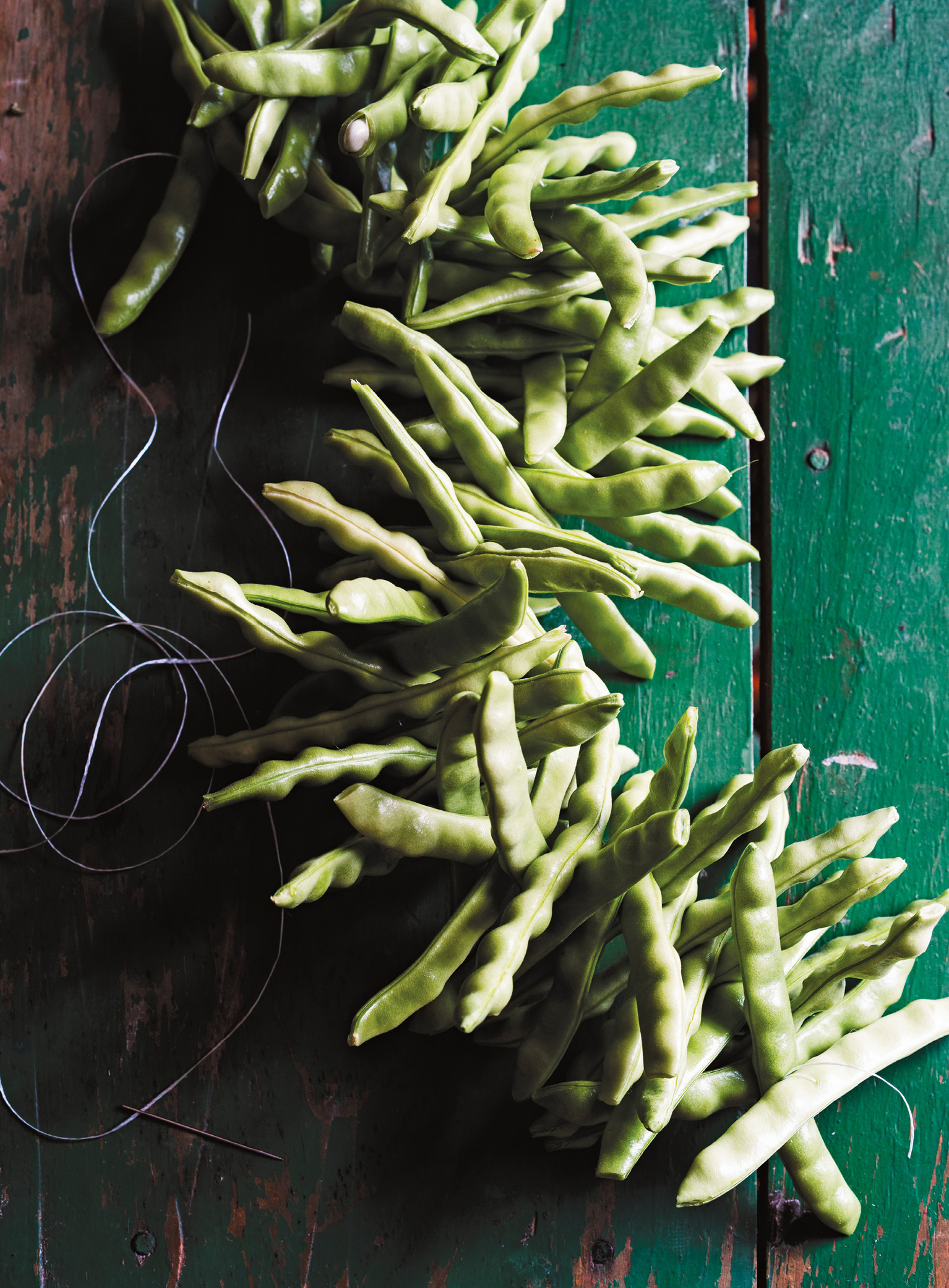 Beans, corn, berries, and meats were dried for sustenance in the winter, we are told. In the spring, women would plant a communal garden at the tribes settlement, but would also journey far afield to the hunting grounds and plant a garden there. That way food would be there, waiting for them when they came to hunt in the fall.
Beans, corn, berries, and meats were dried for sustenance in the winter, we are told. In the spring, women would plant a communal garden at the tribes settlement, but would also journey far afield to the hunting grounds and plant a garden there. That way food would be there, waiting for them when they came to hunt in the fall.
Cooking generally consisted of a lot of soups and stews so everything can go in one clay pot, the guide said. Another way to make a stew was to take the stomach of a large mammal, open it, and use it to line a pit. Youd put the ingredients in it along with hot stones, cover it over, and let it cook all day while you worked, then open it and eat. I want to call this the first American Crock-Pot. She adds, When iron and copper pots came in with the Europeans, they were an instant hit.


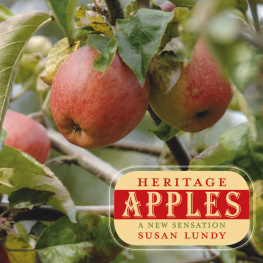
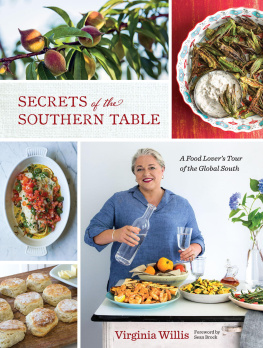

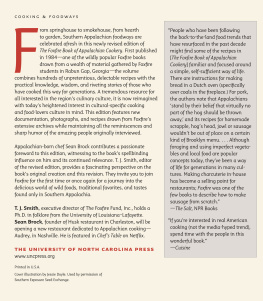
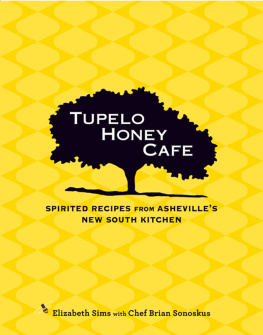
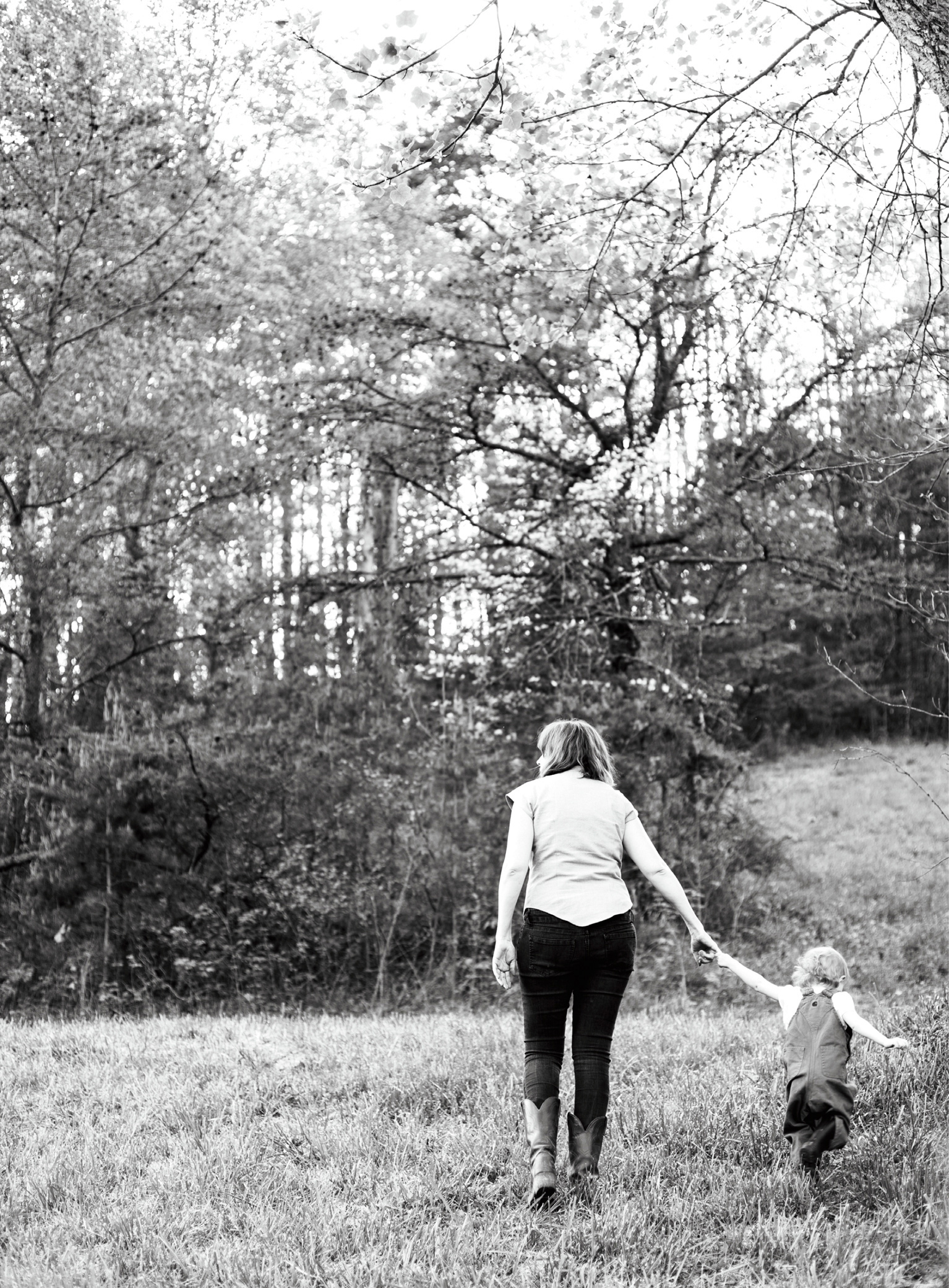
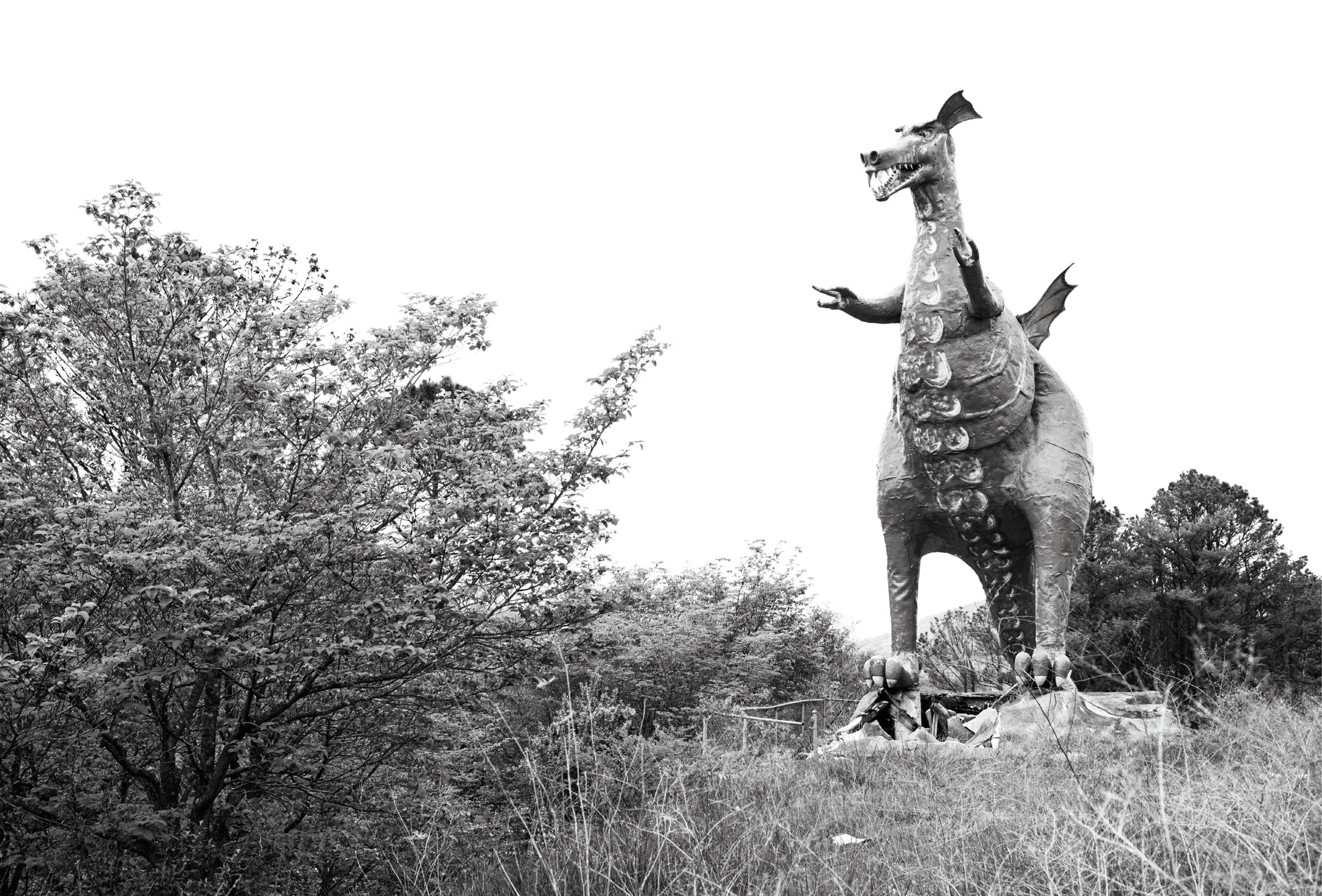
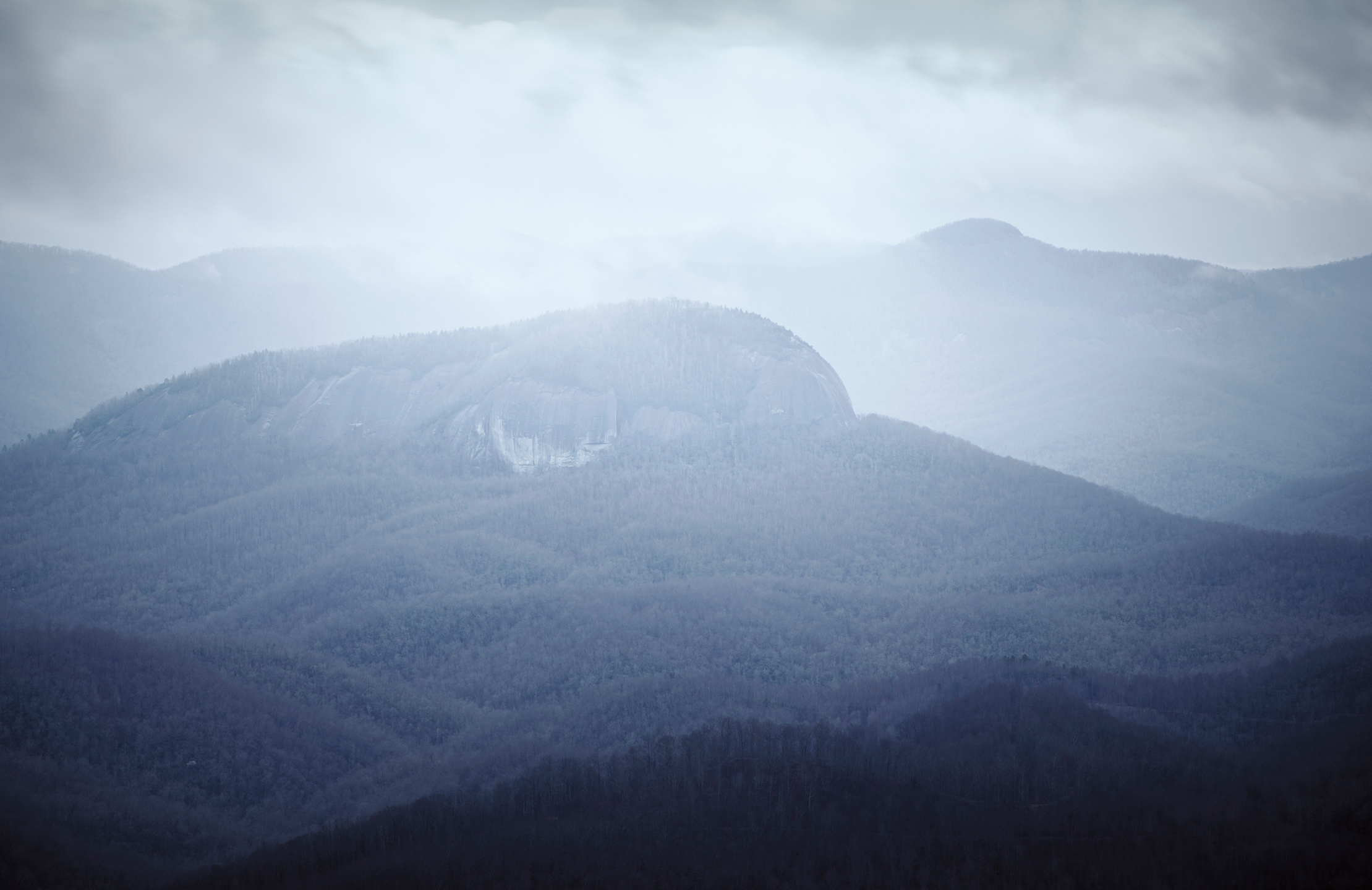

 Beans, corn, berries, and meats were dried for sustenance in the winter, we are told. In the spring, women would plant a communal garden at the tribes settlement, but would also journey far afield to the hunting grounds and plant a garden there. That way food would be there, waiting for them when they came to hunt in the fall.
Beans, corn, berries, and meats were dried for sustenance in the winter, we are told. In the spring, women would plant a communal garden at the tribes settlement, but would also journey far afield to the hunting grounds and plant a garden there. That way food would be there, waiting for them when they came to hunt in the fall.